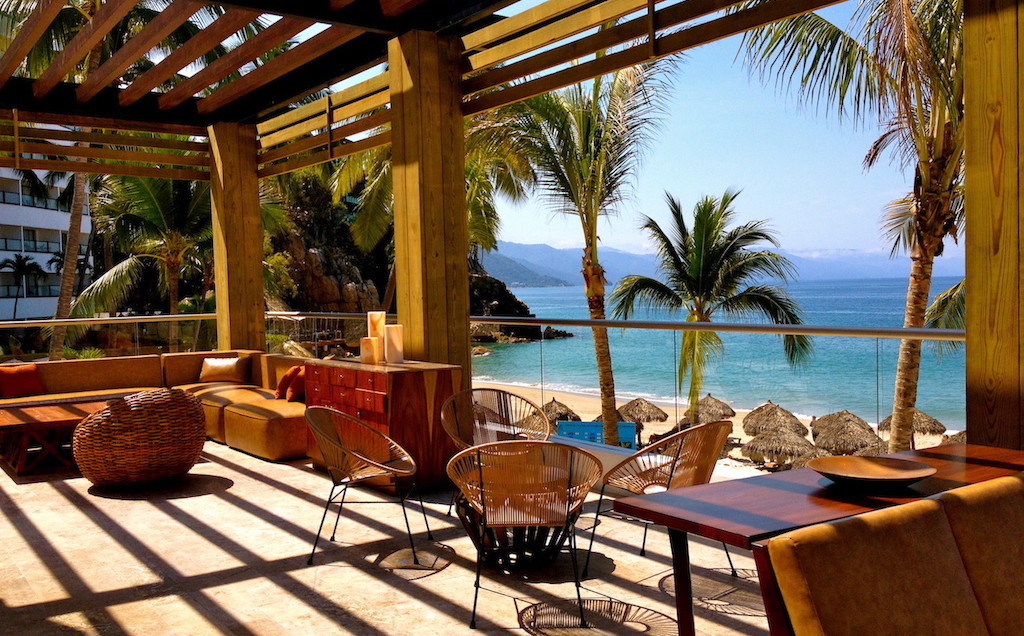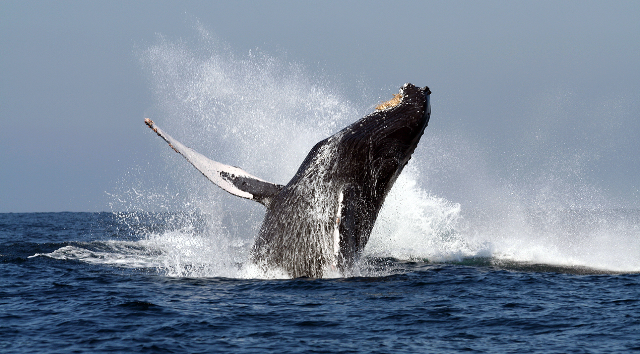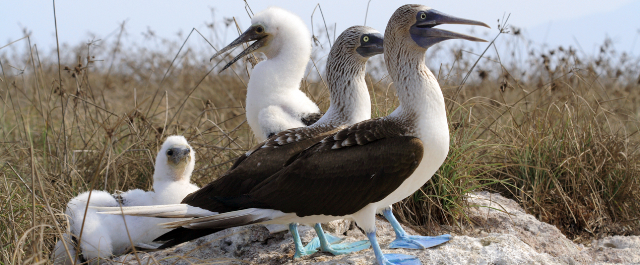Guest post written and submitted by Guillermo Nestor
In my earlier years as a professor of natural history and ornithology (branch of zoology that concerns the study of birds), I regularly traveled with students to unique ecological treasures around the world. The Marietas Islands are such a destination. The archipelago consists of two uninhabited islands —Long Island (40 hectares) and Round Island (20 hectares)— along with many small rocks and pinnacles spread over its 1,400 hectares (approx. 3,450 acres) territory. Located in the Pacific Ocean, just off the coast of Punta Mita in Nayarit, Mexico.
The islands were originally formed by volcanic activity during the Cretaceous, millions of years ago. In the early 1900’s, the Mexican government used them for military testing. Repeated bombings and explosions created craters adding to unique rock formations from years of weathering and waves. Hollowed out pockets of rock exposed to the sea form blowholes. The pounding of the sea meeting the land produces thunderous collisions and brilliant displays of nature’s power.
It is believed that pirates visited the islands and whale hunters used them as camps. The primary use over time appears to have been the commercial harvesting of tons of guano. These bird droppings that have been deposited over the years, are a valuable fertilizer. The ammonia-like smell of the guano may be detected upon arrival, depending on the wind and weather.
Legendary marine scientist Jacques Cousteau’s international outcry in the late 1960’s to the bombings eventually led to the islands being protected. In 2005, Mexico officially designated it as a national park. Parque Nacional Islas Marietas limits fishing, hunting and human activity throughout its land and sea environment.
It is one of the best sanctuaries in Mexico for observing sea birds. Beautiful and distinctive craggy cliffs, recesses and caves provide nesting sites and homes for the islands’ avian inhabitants.
Many of he 92 species of resident, nesting and migratory birds, including an abundant population of the Blue-footed Booby, Red-footed Booby, Yellow-footed Booby, and the Brown Booby, can be observed depending on the season.
Because the Marietas are protected, marine life around the island is equally rich and possible to observe. The surrounding water is a fertile feeding and breeding ground for whales, sea turtles, manta rays, octopus, dolphins, humpback whales and thousands of species of tropical fish.
Hundreds of people travel to the islands each day to look for whales, watch the birds and to enjoy swimming, snorkeling and picnicking, as well as scuba diving and fishing. Some visitors swim to the hidden beach through a rock arch separating the lagoon from the ocean. Beach access is dependent on the tide, wind and waves, as well as the number of people there at any one time.
The only access to the islands is by boat. The private 30-minute cruise was a magnificent ocean adventure to a magical ecosystem. The trip combined the best of raw nature and viewing from a comfortable 29-foot long, center-console boat operated by a seasoned captain and crew. The journey took us close to blowholes where we could feel the concussion of waves on land, near rock formations carved by water and wind, and adjacent to birds nestled amongst the land’s features.
The Marietas Islands are a fascinating national treasure. Ecologically, it is one of the most important natural sites in all of Mexico and an amazing, accessible resource.
I am fortunate to have traveled there to witness a glorious spectacle, and be immersed in the awe-inspiring magic and mysticism of nature that is Islas Marietas.
Guillermo Nestor explores globally to write about travel, food, nature and lifestyles and can be reached at nestor@sover.net.









